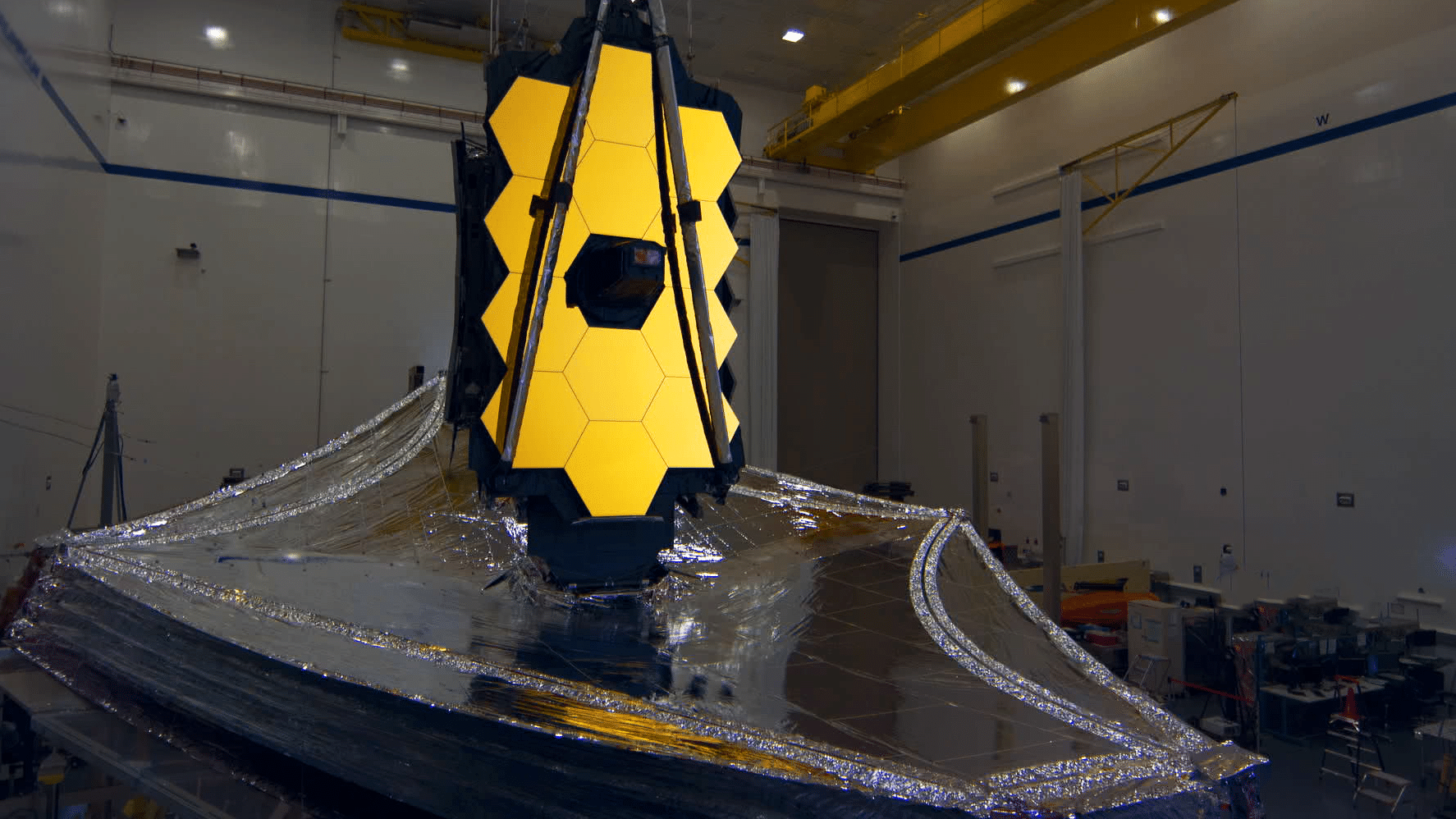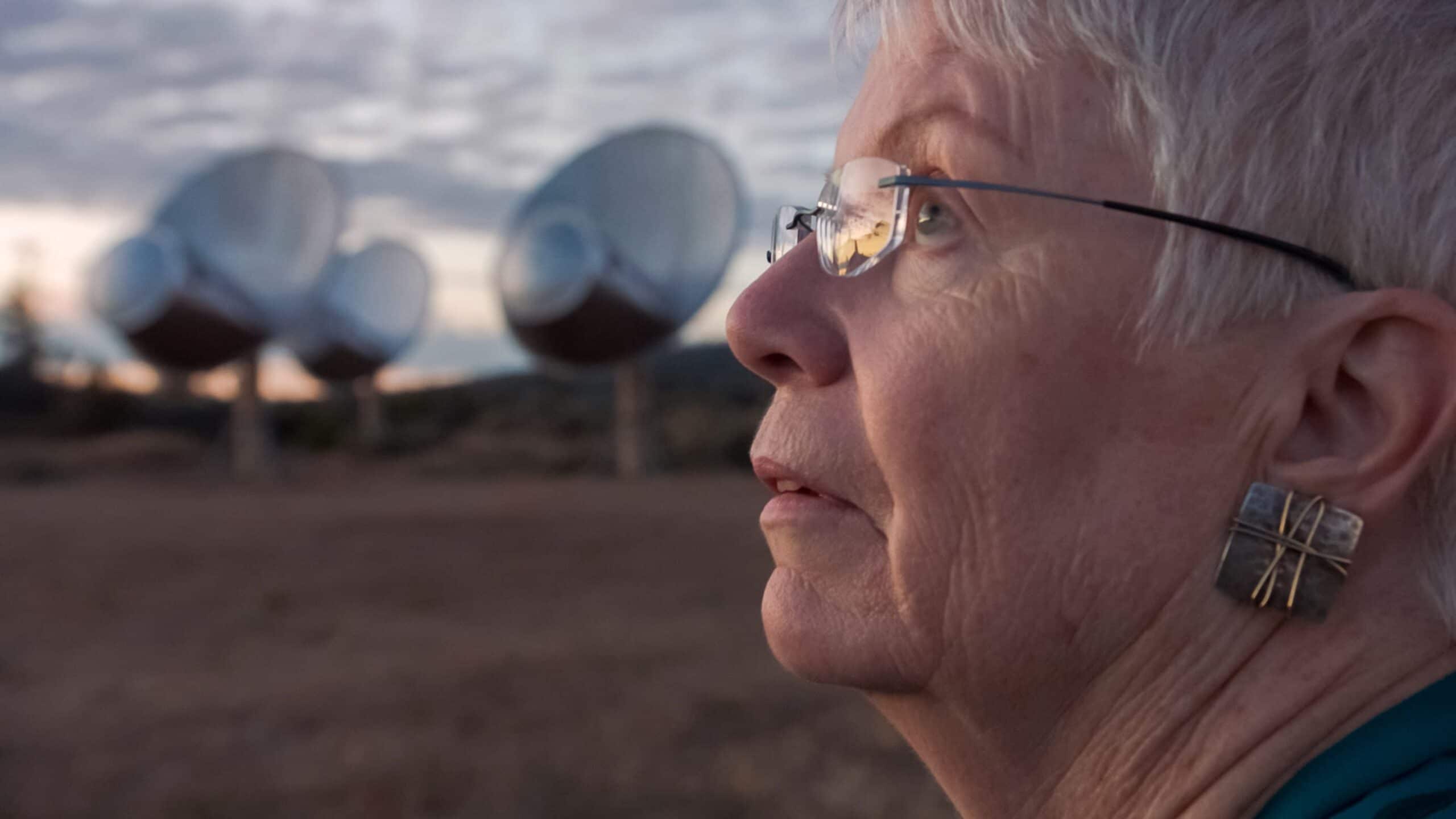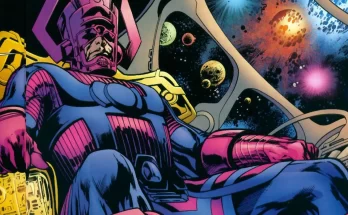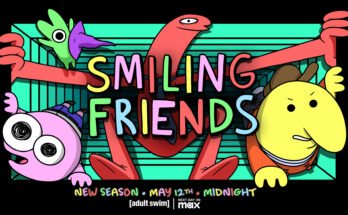Want to hear more from the actors and creators of your favorite shows and films? Subscribe to The Cinema Spot on YouTube for all of our upcoming interviews!
The Hunt for Planet B follows various NASA scientists as they try to answer one of Earth’s greatest questions. “Is there life out there, or are we alone?”
The documentary follows several scientists as they strive to find other hospitable planets like Earth. It includes a look into the James Webb Space Telescope (JWST), its current launch date of 31st October 2021. Once the $10 billion telescope has been launched, it will work alongside the world-famous Hubble Telescope. At first glance, the JWST sounds like NASA will be replacing Hubble. However, NASA’s website indicates that they consider the JWST a successor. The reason is that the two of them have different ways of examining the Universe. On one hand, the Hubble Telescope uses optical and ultraviolet wavelengths. Conversely, the JTWST uses infrared and harnesses the ability to look deeper into space due to its larger mirror.
Are you keeping up? I wouldn’t be surprised if you aren’t but stick with me because The Hunt for Planet B isn’t like any other science documentary…

Some Details
Throughout the documentary, we are guided by a dedicated team of scientists. They frequently update us on what we’re seeing and provide detailed explanations in ways that non-scientific minds can understand. The film gives us an unprecedented deep dive into how scientists go through massive amounts of research to discover other planets that, like Earth, have the potential to harness life. They let us into their offices, labs, and even personal lives. By doing so, they can not only show us how painstaking their jobs are but also how much it means to them. This is what I loved most about The Hunt for Planet B. The team members’ enthusiasm behind the projects displayed in the film helps keep the film engaging and even easier to understand.
We even go as far as meeting Dr. Jill Tarter, the inspiration behind Jodie Foster’s character — Dr. Eleanor “Ellie” Ann Arroway — in the 1997 science-fiction film, Contact. Fearing a possible alien invasion, she was alleviated by explaining that alien life would have likely achieved a high peace with themselves if they were to travel billions of lightyears to visit us.

Obviously, you can’t expect any revelations, such as life elsewhere, during the documentary, or we would all know about it. Although, how these scientists use their skills to search for planets in the far reaches of the galaxy is honestly so mind-blowing. It will make you want to pick up a book and learn more.
Conclusion
The Hunt for Planet B does feel long at times and it does drag in parts. However, stick with it to the end because you’ll see something deeper than a traditional science documentary. In truth, I thought it was less of a documentary on space and more about some of the smartest people on our planet doing all they can to learn about others.



